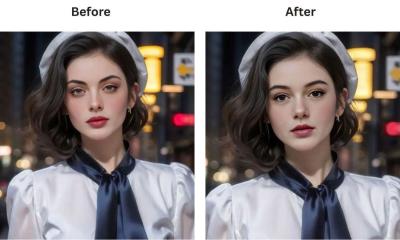YouTube has become a go-to platform for all types of video content, from educational tutorials to entertaining vlogs. However, not all content is suitable for every viewer, especially when it comes to younger audiences. If you’re a parent, guardian, or just want to create a safe viewing experience for yourself, knowing how to effectively block inappropriate content on YouTube is essential. In this blog post, we’ll delve into the methods you can use to ensure a more family-friendly viewing experience.
Understanding YouTube's Content Policies
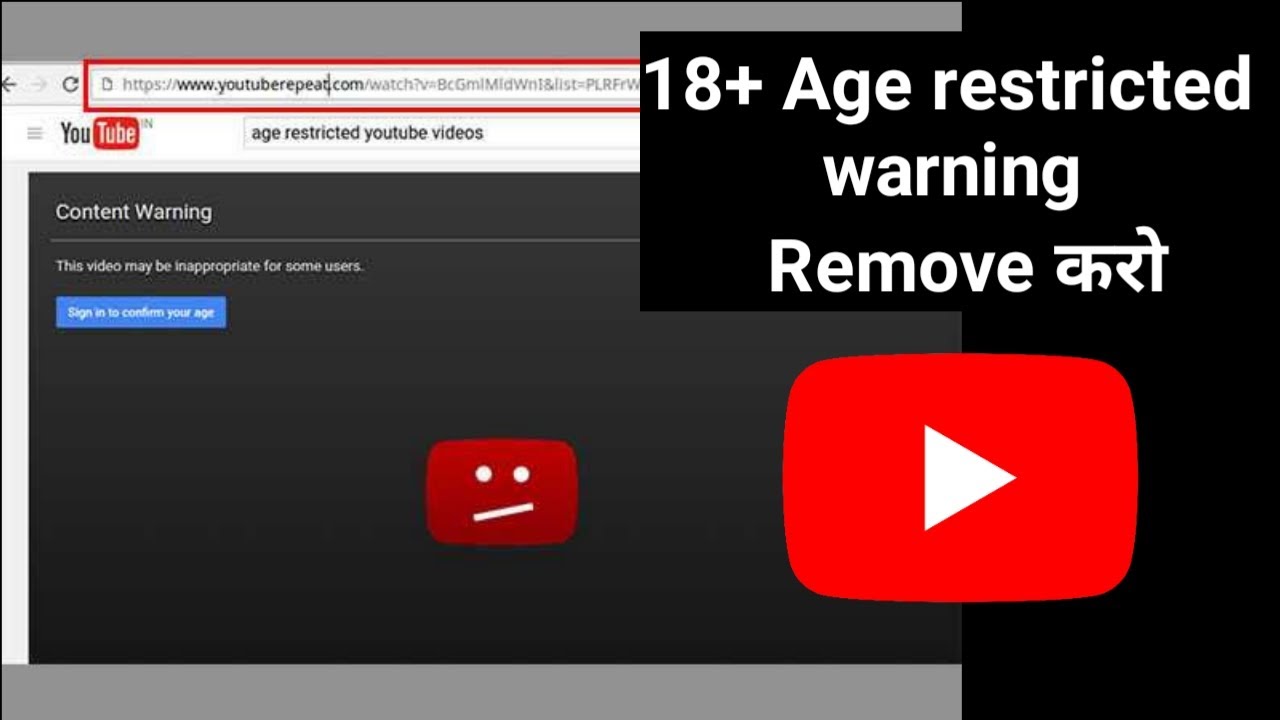
Before diving into how to block inappropriate content, it’s crucial to understand YouTube's own content policies. YouTube has established guidelines designed to protect users from harmful or offensive content. Here's a breakdown of these policies:
- Community Guidelines: YouTube's Community Guidelines outline what is and isn’t acceptable on the platform. Content that promotes hate speech, violence, or explicit adult material is strictly prohibited.
- Advertiser-Friendly Content Guidelines: These guidelines focus on ensuring that videos are appropriate for ad placement, which indirectly affects the overall quality of content available to users.
- Age Restrictions: Some videos may be designated as age-restricted, meaning they aren't suitable for viewers under a certain age. YouTube relies on a mix of user reports and automated systems to identify and flag such content.
It's also important to note that YouTube employs a vast network of human moderators and automated tools to enforce these policies. However, *no system is perfect*, which is why it's beneficial for viewers to take additional precautions. Understanding these guidelines empowers you to better navigate and control the content you or your children encounter.
By staying informed about what’s out there, you can make more informed decisions on how to create a safe online environment tailored to your preferences.
Utilizing YouTube's Restricted Mode
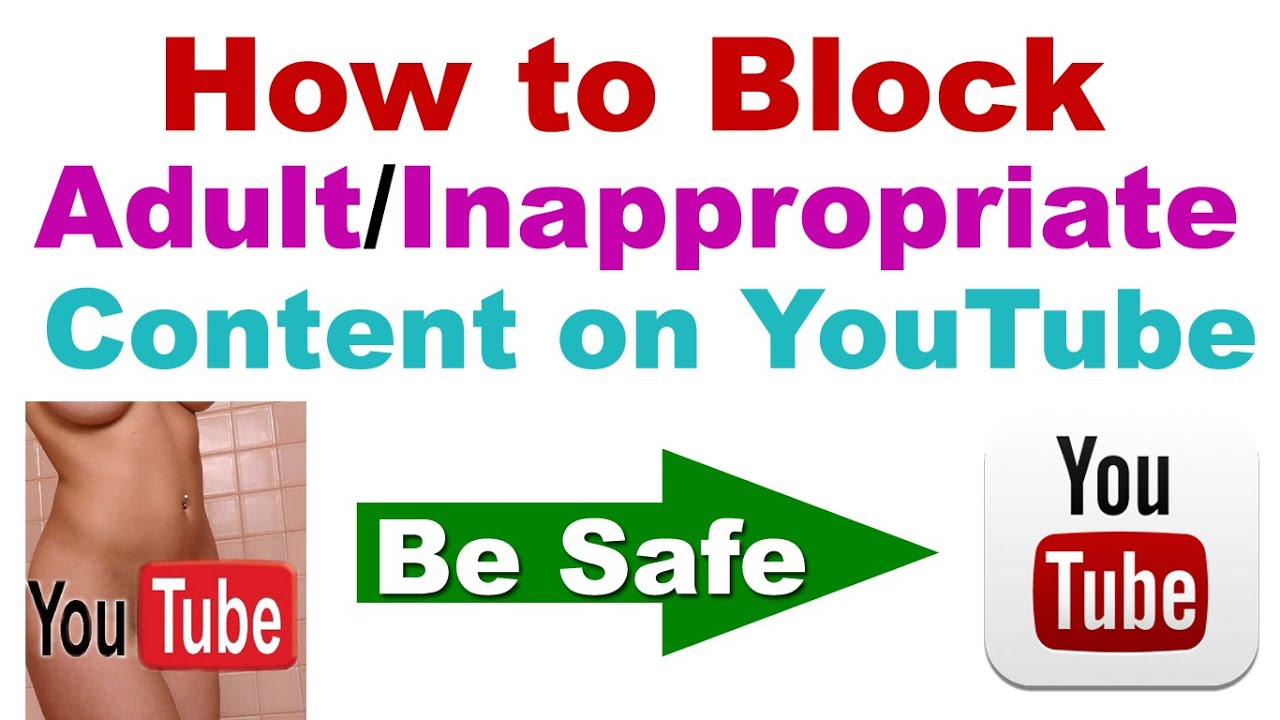
Have you ever wished you could filter out inappropriate content on YouTube? Well, YouTube’s Restricted Mode is a valuable tool designed specifically for that purpose! This feature helps to screen out potentially objectionable videos that may contain mature content, ensuring a safer viewing experience for users.
So how do you enable Restricted Mode? It’s pretty straightforward! Just follow these steps:
- Open the YouTube app or visit the YouTube website.
- Scroll down to the bottom of the page (in the app, tap on your profile picture).
- Look for the "Restricted Mode" option.
- Toggle the option on to activate Restricted Mode.
For users under 18 or parents monitoring kids' viewing, Restricted Mode can be a game changer. Here’s a quick rundown of its key features:
- Filters Out Mature Content: It automatically hides videos that have been flagged by other users.
- User-Reported Videos: The algorithm considers user feedback, giving you a community-based level of filtering.
- Easier Management: Parents can ensure their children aren’t stumbling upon inappropriate material just by turning this feature on.
Just keep in mind, while Restricted Mode isn’t foolproof, it does add a layer of safety and control. Knowing how to utilize this feature means you can enjoy peace of mind while exploring all that YouTube has to offer!
Setting Up Parental Controls on YouTube
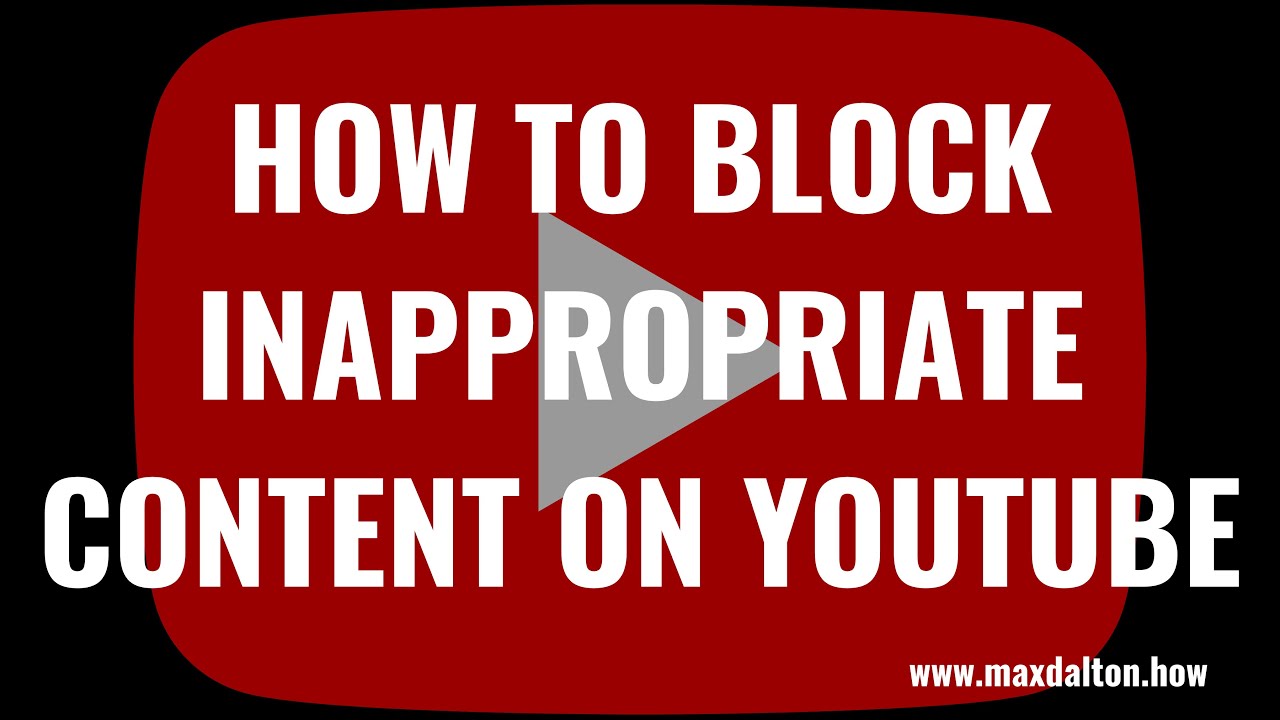
As a parent, keeping your children safe while they explore the vast digital world can feel daunting. Fortunately, YouTube offers several parental control options that can help you manage what your kids are watching!
One of the best ways to exercise control is through YouTube Kids. This dedicated platform has been crafted especially for children, providing a more filtered content environment. Here’s how to set it up:
- Download the YouTube Kids App available on both Android and iOS.
- Once downloaded, open the app and follow the on-screen instructions to set an age-appropriate profile for your child.
- In the settings, customize the content level by choosing from options like Preschool, Younger, or Older kids.
In addition to YouTube Kids, you can also merge traditional YouTube with some parental control strategies:
- Create a Family Account: This allows you to monitor the history of videos watched by your child.
- Set Up Playlists: Curate content you approve of, making it simple for them to access safe videos.
- Discuss Viewing Habits: Keep an open dialogue with your children about what they’re watching and encourage them to come to you for questions.
By leveraging these parental controls, you can ensure your kids have a positive and safe experience on YouTube, giving you one less thing to worry about!
5. Exploring Third-Party Tools and Extensions
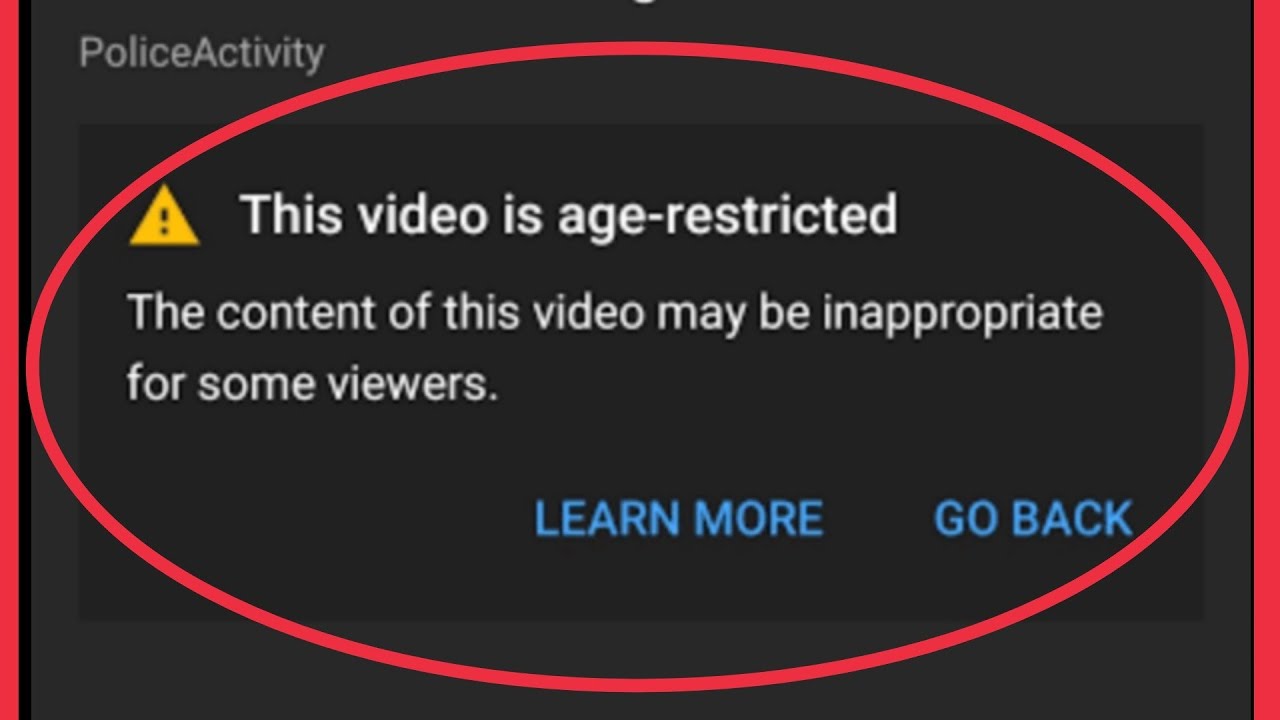
When it comes to keeping your YouTube experience safe, exploring third-party tools and extensions can be a game changer. With the rise of digital content, users are often looking for additional layers of protection that YouTube’s built-in features might not provide. So, what are these tools, and how can they help you? Let’s dive in!
Third-party tools offer a variety of functionalities, from filtering out inappropriate content to providing advanced parental controls. Here’s a brief overview of some popular options:
- Video Blocker: This extension allows you to block videos by channel name or keywords. If there's a particular channel you find inappropriate, simply add it to your block list!
- Safe YouTube: This is a website that enables parents to watch and share YouTube videos safely. It screens out inappropriate content and shows only suitable videos.
- Net Nanny: A comprehensive parental control software that monitors various online activities, including video content on platforms like YouTube.
- Kiddle: A safe search engine powered by Google designed specifically for kids, returning filtered YouTube results suitable for young viewers.
Many of these tools offer customizable settings, letting you tailor your online experience based on individual preferences. Just remember to always review the permissions required by these tools to ensure you’re comfortable with your data privacy. Exploring these extensions can greatly enhance your ability to navigate YouTube safely!
6. Monitoring and Reporting Inappropriate Content
Even with effective blocking tools in place, inappropriate content might occasionally slip through the cracks. That's why monitoring and reporting are essential components of safety on YouTube. It's not just about filtering; it's about actively participating in the community to ensure a safer environment for everyone.
Monitoring involves constantly being aware of the content that’s being viewed. Here are a few tips:
- Regular Check-ins: Make it a habit to check the watch history periodically. This gives you insights into what videos have been viewed and helps identify any unsuitable content.
- Set Viewing Guidelines: Establish clear rules regarding what types of videos are acceptable to watch. Having an open discussion with users, especially kids, about why certain content might be inappropriate can foster better understanding.
- Use YouTube Kids: For younger viewers, YouTube Kids is a fantastic alternative that’s tailored specifically for children, offering a curated experience with age-appropriate content.
If you encounter inappropriate videos, reporting them is just as important. Here’s how you can do it:
- Click on the three dots (more options) next to the video.
- Select the "Report" option.
- Choose the reason for your report from the list provided.
- Submit your report.
By actively monitoring content and reporting issues, you contribute to a more positive YouTube experience for everyone. Remember, every little effort counts in making the platform safer!
How to Effectively Block Inappropriate Content on YouTube
YouTube is a vast platform that offers a myriad of videos, but not all content is suitable for every viewer. Blocking inappropriate content on YouTube is essential for parents, educators, and even individuals who wish to create a more wholesome viewing experience. Below are some effective strategies to achieve this:
1. Use Restricted Mode
Restricted Mode is a feature that helps hide potentially mature content. To enable it:
- Scroll to the bottom of any YouTube page.
- Click on the "Restricted Mode" dropdown and turn it on.
2. Create a YouTube Kids Account
YouTube Kids is specifically designed for younger audiences. To set it up:
- Download the YouTube Kids app.
- Select the age category for content filtering.
3. Block Channels
If a particular channel consistently posts inappropriate content, you can block it:
- Navigate to the channel you want to block.
- Click on the "About" tab.
- Select the "Block User" option.
4. Use Third-Party Extensions
There are several extensions available that can help filter inappropriate content. Some popular options include:
| Extension Name | Description |
|---|---|
| Video Blocker | Blocks specific channels and keywords. |
| StayFocusd | Limits time spent on distracting sites. |
5. Monitor Viewing History
Regularly checking viewing history can help identify inappropriate content quickly. You can access it via:
- Clicking on the "History" section in the menu.
- Removing any unwanted videos from the history.
By implementing these strategies, viewers can enjoy a more controlled and age-appropriate YouTube experience.
In conclusion, effectively blocking inappropriate content on YouTube is achievable through the use of features like Restricted Mode, creating a YouTube Kids account, blocking channels, utilizing third-party extensions, and monitoring viewing history. Taking these steps can significantly enhance the viewing experience for users of all ages.
 admin
admin




